AG.1 Cnn30
AG.2 guns back
AG.3 hook
AG.4 Air Braker
AG.5 airplane lights
Wikipedia
The Douglas TBD Devastator was an American torpedo bomber of the United States Navy. Ordered in 1934, it first flew in 1935 and entered service in 1937. At that point, it was the most advanced aircraft flying for the Navy and possibly for any navy in the world. However, the fast pace of aircraft development quickly caught up with it, and by the time of the Japanese attack on Pearl Harbor the TBD was already outdated.
The Devastator performed well in early battles, most notably in the Battle of Coral Sea, but earned notoriety for a catastrophic performance during the Battle of Midway in which 41 Devastators recorded zero torpedo hits with only six surviving to return to their carriers. Vastly outclassed in both speed and maneuverability by the Mitsubishi Zero fighters they faced, most of the force was wiped out with little consequence except to distract the Zeros from the SBD Dauntlessis a World War II American naval scout plane and dive bomber that was manufactured by Douglas Aircraft from 1940 through 1944. The SBD ("Scout Bomber Douglas") was the United States Navy's main carrier-based scout/dive bomber from mid-1940 through mid-1944. The SBD was also flown by the United States Marine Corps, both from land air bases and aircraft carriers. The SBD is best remembered as the bomber that delivered the fatal blows to the Japanese carriers at the Battle of Midway in June 1942.[1] The type earned its nickname "Slow But Deadly" (from its SBD initials) during this period.
Specifications
General Characteristics
- Predecessor TBR-2
- Created On Windows
- Wingspan 40.5ft (12.3m)
- Length 32.0ft (9.7m)
- Height 12.0ft (3.7m)
- Empty Weight 6,952lbs (3,153kg)
- Loaded Weight 14,327lbs (6,498kg)
Performance
- Horse Power/Weight Ratio 0.227
- Wing Loading 19.5lbs/ft2 (95.0kg/m2)
- Wing Area 736.3ft2 (68.4m2)
- Drag Points 2746
Parts
- Number of Parts 536
- Control Surfaces 6
- Performance Cost 2,021

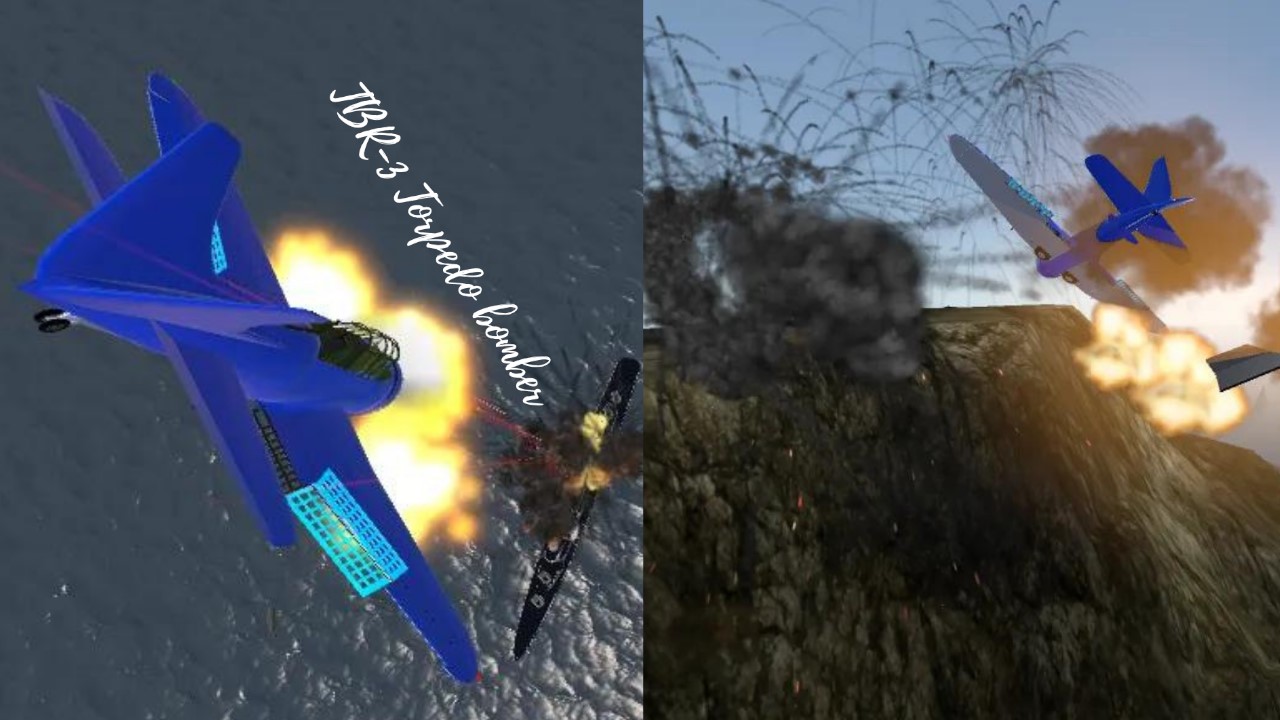
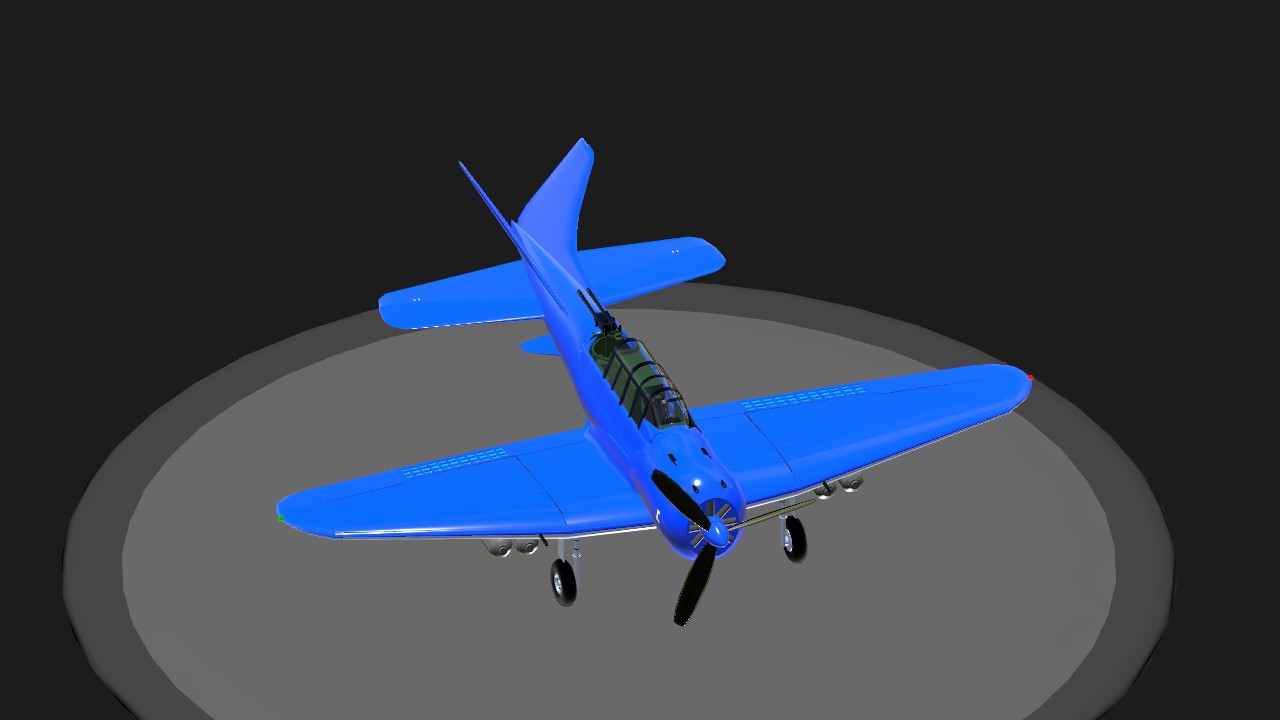
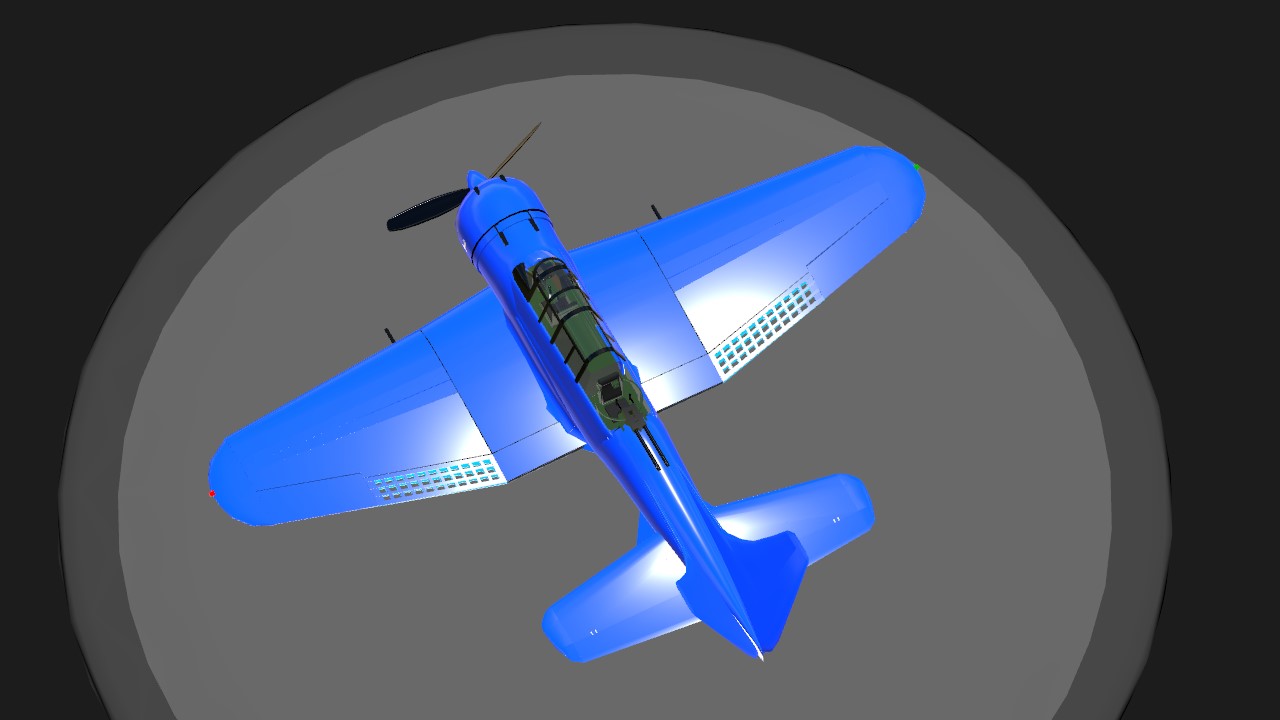
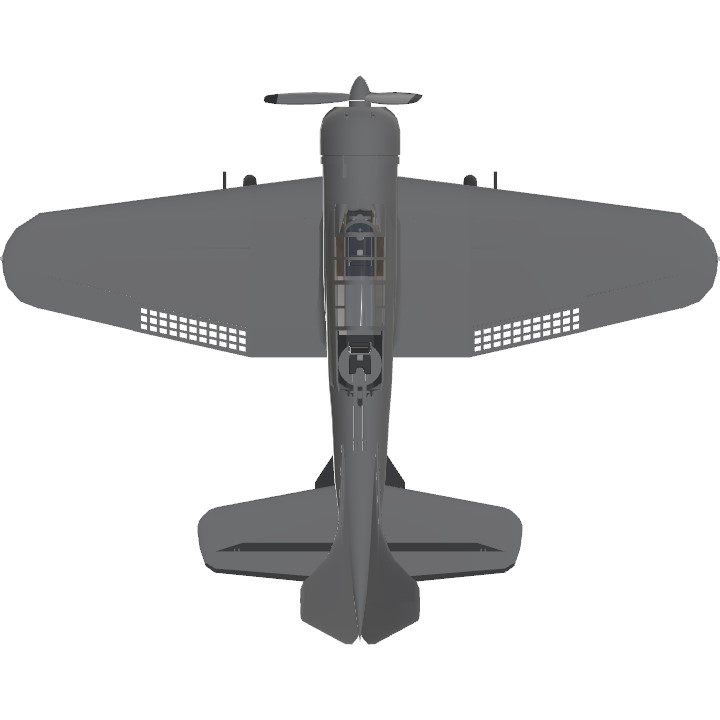
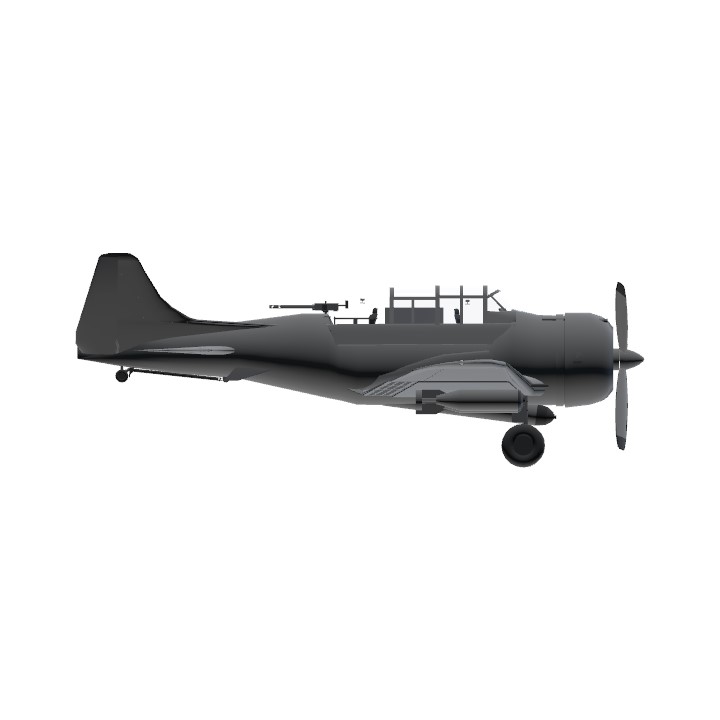
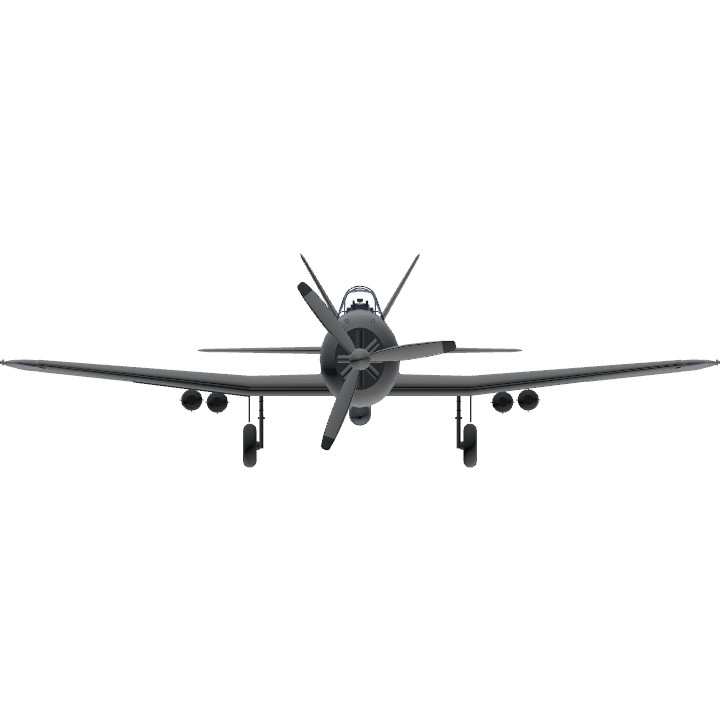
Do you have a single vertical tail version